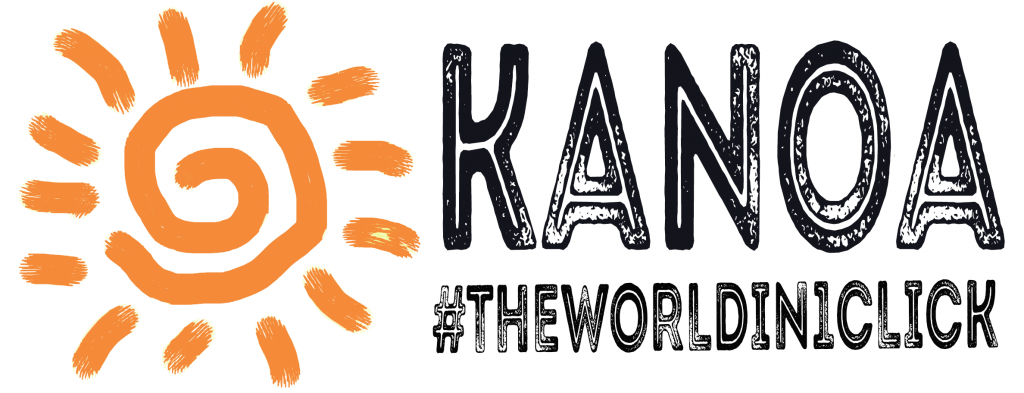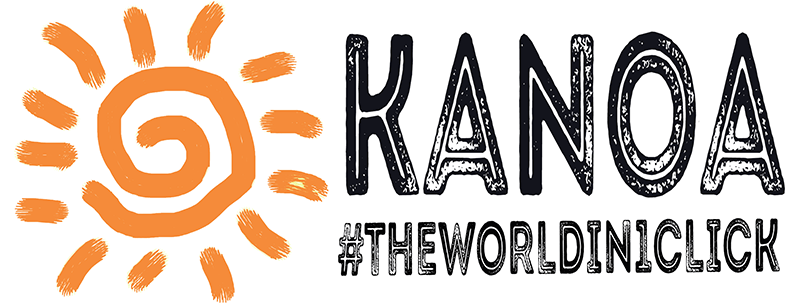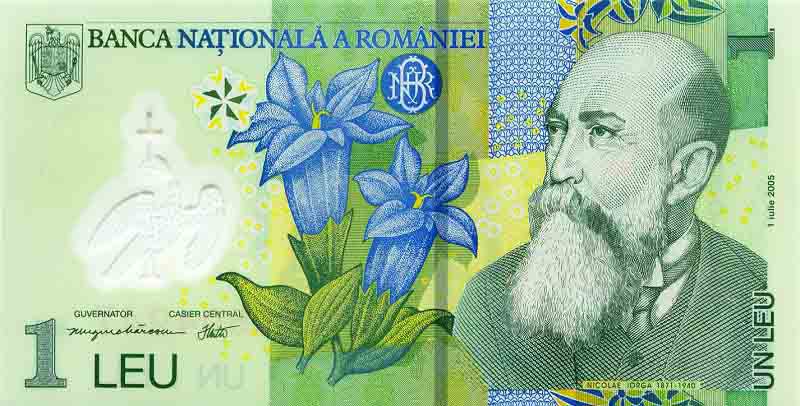Charm. Mystery. Tradition. You say Romania and immediately think of distant lands. Fantastic places. The myth of Dracula. Transylvania. The Carpathians.
A rapidly evolving Country, which, in recent decades, has opened its arms to visitors, showing an incredible tourist vocation. Always linked to its roots. At its origins. Today, the country is a place to be discovered. Starting from its splendid capital, up to the small villages.
A holiday in this land, we are sure that will give you a lot of emotions.
HOW TO GET
Reaching the country by car takes a long time. In particular if your origin was the Iberian peninsula, Italy, France. A trip like this is recommended only with a lot of time available.
Here, then, that the plane is the fastest and cheapest solution to get to the country. There are several small international airports, but the point of reference is definitely the airport Henri Coanda of Bucharest. Numerous airlines guarantee direct connections with the capital.
Coming from Budapest or Vienna, the train can be an alternative. Thanks to the comfortable Euronight, you travel at night between the two Capitals and Bucharest.
GETTING AROUND ROMANIA
In general, those who are not limited to visiting the individual city, choose the car to move. Especially if the distances are not particularly reduced. And, in our opinion, the car is the best way to start discovering small villages, places and areas that are difficult to reach.
Of course, a train journey is not to be discarded. By train, you can contemplate the wonderful landscapes you will encounter during the journey. Furthermore, the internal railway network is quite extensive, even reaching small villages. The kilometers on which the route stretches are over 11.000.
The train is the ideal way to get around, as long as you are not in a hurry. Many routes branch off from Bucharest. The system is managed by the Romanian CFR, Căile Ferate Române.
DOCUMENTS AND CUSTOMS
There is no obligation to produce documents at the border, but you are always required to bring an ID card or passport with you. It is especially recommended to bring the CI of their children under age, even if traveling by car or train. See our special section on this subject.
In case you are traveling with your car, the registration document, the green card, and possibly a proxy to conduct are mandatory. All the info to drive on the Romanian roads, from this link.
CURRENCY AND CHANGE
The LEU (referred to as RON) is the official Romanian currency. In April, 2018, according to the current exchange rate, 1 RON is worth approximately 0.21€; a Euro, however, are worth 4.66RON.
The BANI are the hamlets of leu. Each LEU consists of 100 bani; the latter are in circulation in coins from 5, 10 and 50.
The banknotes, on the other hand, are available in denominations from 1, 5, 10, 50, 100, 200 and 500 lei.
In the capital, in the main cities and in the tourist centers, you can pay directly with a credit card and withdraw cash at ATMs. It will not always be possible to pay with the card, especially in the villages and in the more remote areas. It is advisable to always have a cash reserve.
If you need to enter the bank, please note that it is generally open from Monday to Friday from 08:00 to 16:00. Some branches can also be opened on Saturdays, from 08:30 to 12:30. The offices are always closed on Saturday afternoons, Sundays and public holidays.
From the 2019, with the adoption of the Euro as the Romanian single currency, the Lei will be supplanted.
PRACTICAL INFO
HOUR
In Romania, the hands of the clock are two hours ahead of Greenwich (UTC/GMT: + 2 hours); even here, daylight saving time is in force.
POST
The offices are open, generally, Monday to Friday, from 10:00 to 18:30 and Saturday, from 09:00 to 13:00. Some branches can only be opened on weekdays, from 09:00 to 19:00. Hours and openings depend on the area. The offices are identified by the symbol RO-Posta Romana.
SHOPS
There are no regulated timetables, but much depends on the area and the period. In Bucharest and in the major tourist resorts, you can find them open all day from morning to 20 or 22:00. Some markets are open 24 hours on 24. Only on Sundays, apart from a few exceptions, are closed.
ELECTRIC CURRENT
Voltage: 230 V.
Frequency: 50 Hz
Sockets: Type C and F.
We recommend that you always purchase an adapter before leaving.
PHONE
To call the phones in Romania, from Italy, just place the 0040 on the phone number.
Today, almost all telephone companies offer calls from abroad included in their telephone plan. It is advisable to consult the rates of your operator. Alternatively, you can take advantage of the WiFi present in numerous accommodation facilities in the country, to make VOIP calls.
The frequencies used are: Gsm 800/1800 Mhz and W-CDMA 2100.
Romanian telephone operators are Digi, Orange, T-Mobile and Vodafone.



